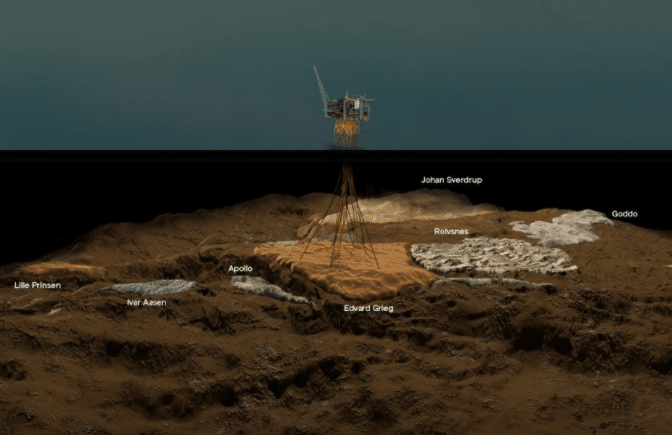At the ONS Digital Conference – this year taking place between 31 August and 2 September – the winner of the Increased Oil Recovery (IOR) award will be announced.
“The award goes to production licences, companies, projects or individuals who are expected to create added value on the Norwegian Continental Shelf through innovative work for improved recovery.”
The three finalists were selected from a total number of 24 submissions, which reflects the competitiveness of this year’s prize.
Grane
On the Grane field, operator Equinor and partners Petoro, Vår Energi and ConocoPhillips have distinguished themselves with many years of good work in drilling and wells, as well as reservoir management. Grane was discovered in 1991, and since its start-up in 2003 the field has been one of the biggest producers on the Norwegian Shelf. The oil volume in the development plan, which was estimated at 112 million standard cubic metres (sm3 o.e.), was produced in 2017, almost ten years ahead of the original plan.
Geir Evensen
Geir Evensen has made significant contributions over the course of many years to the development of modelling methods based on the ensemble approach. Evensen invented the Ensemble Kalman Filter (EnKF) algorithm in 1994, which has subsequently been further developed and used by several international oil companies. In the 2000s, he led the work to implement this model in Equinor. Use of ensemble-based methods within reservoir modelling has resulted in a better description of the uncertainty in the subsurface with the aid of automation and rapid, continuous updates of the reservoir models.
Lundin Energy
The basis for Lundin’s nomination is primarily attributed to use of the Drill Stem Test (DST), also called formation testing. Formation testing provides a good indication of how oil and gas will flow in the reservoir and into wells. Formation testing is not frequently used on the Norwegian shelf, and the jury believes that Lundin Energy Norway is a leader in this area for wells in both the North Sea and the Barents Sea. The marked improvement in recovery factor on the Edvard Grieg field, thanks to extensive formation testing and systematic data acquisition, is testament to this approach and added gravity to the nomination.
Learn more about Lundin Energy’s approach to the Alta-Gotha discoveries at the upcoming NCS Exploration Conference, taking place 14-15 October in Stavanger.
Sources: NPD and Lundin Energy.





